To begin with let us talk of the geography of India. With Himalayas in the North, the Great desert in the West, the Bay of Bengal in the East and the southernmost tip of the Indian peninsula- Kanyakumari, the confluence of three water bodies, such is the topography of India. Where else can one find such diversity even in the topography of a land, which is not just home to diverse cultures but also a country with a interesting geographical distribution. Million years ago, occurred the great tectonic movement, giving rise to the Himalayan ranges in the North, nestled among these ranges is my state, Uttarakhand.
Being raised in a family which has seved the tourism industry of Uttarakhand for more than 4 decades, I only have their wealth of information to be passed on as my legacy. To acknowledge my roots is also to let you know a little something about this beautiful state. For those who seek the culture and the common man of Uttarakhand, read on.
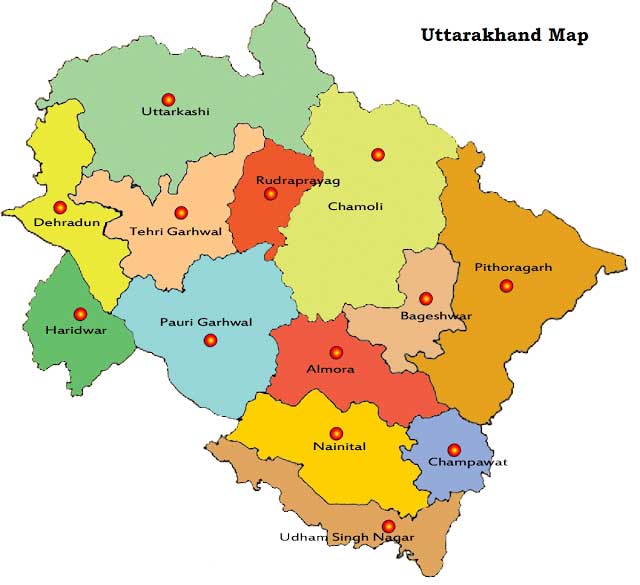
The state of Uttarakhand, formerly known as Uttaranchal was listed among the 29 states of India, in the year 2000. This land of gods is the abode of two major inhabitants – Garhwalis and Kumaunis. The word Garhwali refers to those people who inhabit the Garhwal region of Uttarakhand, deriving the name Garhwal from (“garh” or “gadh”) which means a “fort”. Garhwal was formed by fifty two such forts, which the kings built to guard against enemies during wars. Every fort had a “badh” (an inhabitant of garhwal) meaning a warrior, who guarded the forts, and this bears a testimony to the fact that “bravery is inherent in pahari life.” [Source- Trepan Singh Chauhan, book titled- “Glimpses of Garhwali Literature”]
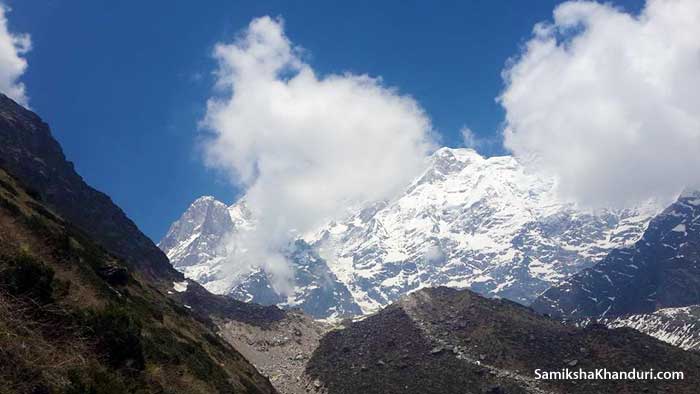
This bravery is not an outcome of being a warrior in the king’s army, but also a subsequent result of being able to endure the harsh climatic conditions of the Himalayan ranges. Our geography is such, that the range that marks the boundary between the Garhwal in the West and the Kumaon in the East is the Nanda Devi peak, the second highest mountain in India. This divide was not only in terms of geography rather it soon turned into petty rivalries between the two sides. Their rivalry arose due to land issues, wars and the fierce opposition between ambitious chiefs, which lasted for nearly 700 years. But this friction which is nearly non- existent at present, due to the migration of many of us to the townships, like Dehradun (the Capital of the state) for access to quality education and a good living, the East & West live in harmony now.
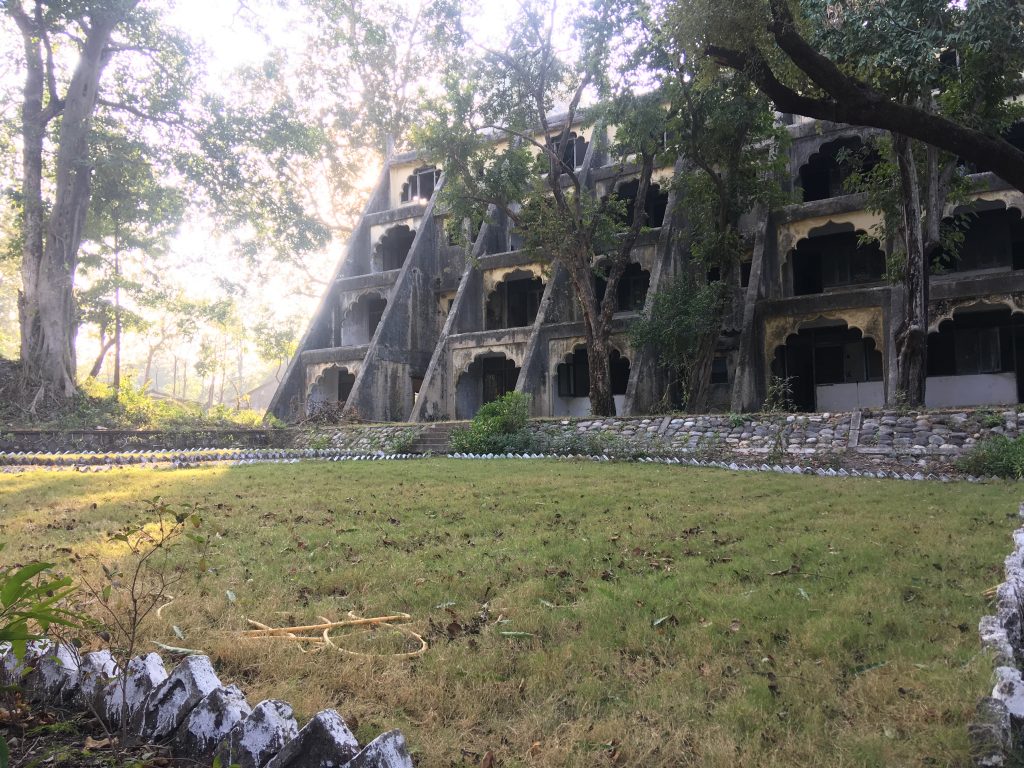
Home to majority of hill stations like Mussoorie, Nainital, Almora, Kausani, etc. Uttarakhand is also called “the land of gods”, as it hosts innumerable temples, the Char Dhams – “Yamunotri, Gangotri, Sri Kedarnath and Sri Badrinath”, various Gurudwaras namely, Hemkund Sahib, Nanak Mattha Sahib, etc. It houses the best meditation centres in the world, with people flocking from across the borders to get a taste of higher life order. One of them being the Beatles Ashram, a hub for transcendental mediation practice until 1970’s in Rishikesh, named after the English rock band, The Beatles; who studied mediation here. Uttarakhand is also the abode of several devi temples namely – Surkhanda devi, Manasa devi, Vaishno devi, Nanda devi and many more. Uttarakhand is not only a tourist destination for thousands of pilgrims and foreign tourists, but it is also a life source to majority of the northern India, as the river Ganga originates here, from the mouth of Gangotri glacier – Gaumukh. The river Ganges is thus considered a holy river, which is not only worshipped by the mortals but is believed to be the gateway to heaven. It is here that the ashes of the dead are immersed in Ganga flowing through Haridwar, a holy town.
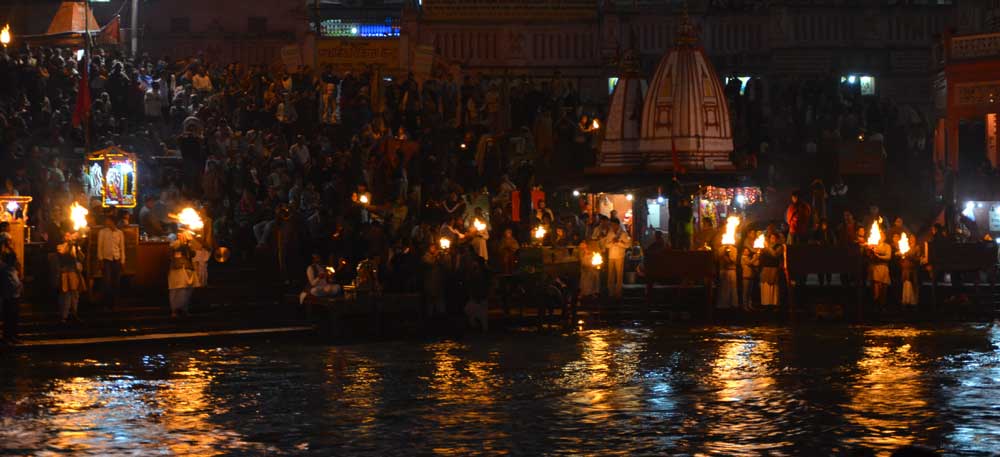
A hub of rugged adventure activities is what Uttarakhand is celebrated for. Ganga being a source of adventure sports, like white water rafting and water skiing. The skiing pastures at Auli, at 10,500 ft in Garhwal is a winter resort for the skiing lovers on the high end pastures of Himalayas, which are also inhabited by many sherpas. Uttarakhand is known for its wildlife sanctuaries- The Corbet National Park, Binsar Sanctuary, Nanda Devi Wildlife Sanctuary (A UNESCO Heritage sight) etc. making it the abode of several extinct and rare species of flora and fauna. Valley of Flowers in the Garhwal region, as the name reckons is home to innumerable species of flowers. The state has great associations with our Hindu epic, Mahabharata, as it is believed that the hill – outpost of Jaunsar village, Viraatkhai, was the place where the Pandavas lived in 13 years exile, anonymously. The state is also the home to the only academy in India for training cadets for the Indian army – Indian Military Academy (IMA, EST. 1932) , and houses F.R.I (Forest Research Institute, EST. 1906), with its six museums and Botanical Gardens located in its capital, Dehradun.
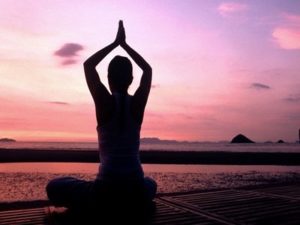
Culturally Uttarakhand has reasons to celebrate all year round, with the Winter Games at Auli (Last held in February 2015), the International Yoga festival in the month of March, followed by The Jhanda fair, commemorating the birth anniversary of the founder of Dehradun, Shri Guru Ram Rai. Month of March is also a host to Mussoorie Mountain Festival, a confluence of great minds & outdoor specialists, brought together under one roof by Hanifl Centre for Outdoor Education and Environmental Study. May brings folks to rejuvenate themselves at Tehri Lake Festival, a 3 days water sports and cultural event organised by the Uttarakhand Tourism department. In the month of July is celebrated the festival of Harela in Kumaon, celebrating the arrival of rains; farming being the second highest occupation of the inhabitants – wheat, barley and several pulses are grown on the terraced farms of Uttarakhand. The Jhanda Fair is followed by Neelkanth Mahadev mela, at the Neelkanth temple, which is associated with the legend of Lord Shiva, drinking of the vish (venom) created by the mythological churning of the ocean. In the month of October is the Viraasat festival held at O.N.G.C, in Dehradun, which serves as a 15 days festival of music and dance by the maestros of India. In the month of November is the Mussoorie Writer’s Festival (Last held in 2015), curated by writer Stephen Alter which sees exhibitions, documentary film screenings, lecture by famous authors and mountaineers, including the world celebrated author, Ruskin Bond, who lives in Mussoorie itself. The month of December ends with the annual Winterline carnival at Mussoorie, celebrated for a unique atmospheric phenomenon called Winterline where a second imaginary horizon is visible in the sky accounting for a spledid sunset view at only two places in the world one being Uttarakhand & the other in Switzerland.
Apart from the name, ‘Simply Heaven ‘which is synonymous to Uttarakhand, my state is home to natives who will give you every reason to immerse in the simpler joys of life, hence the “Simplicity”. If you are a mountain lover or a nature’s child, there can be no better host than this spledid state!
